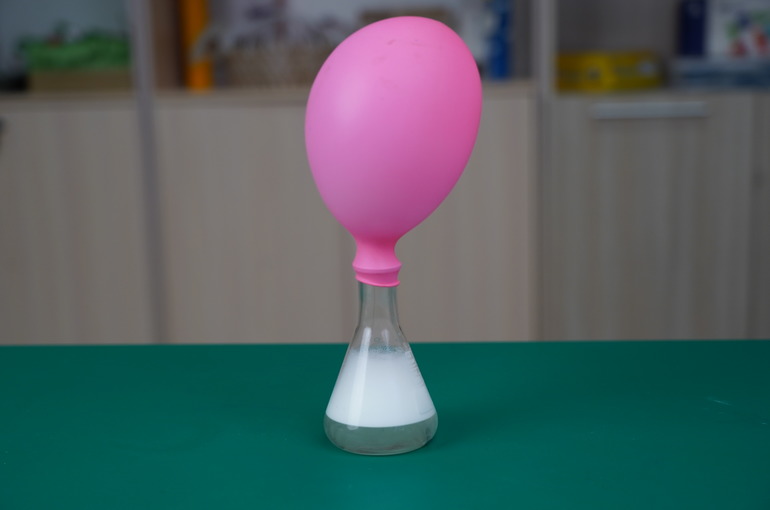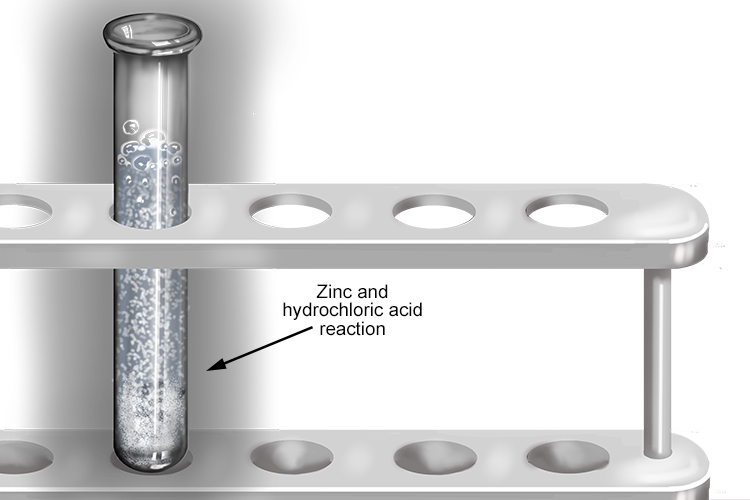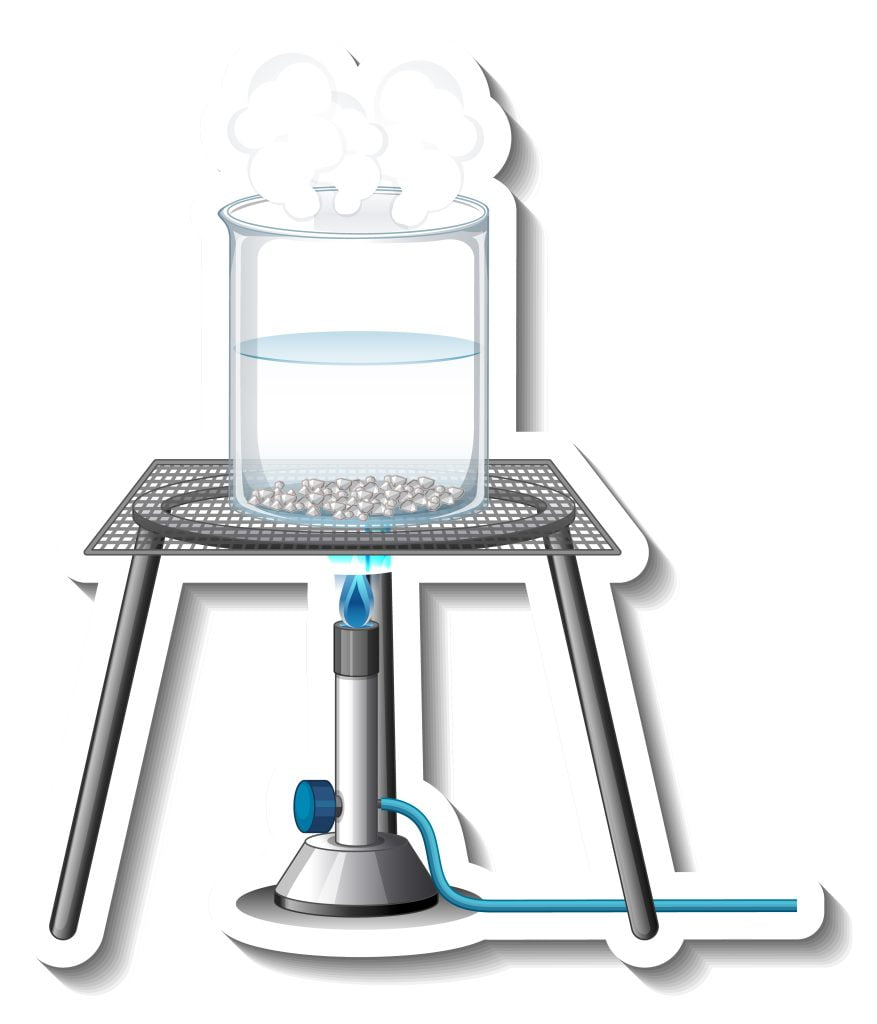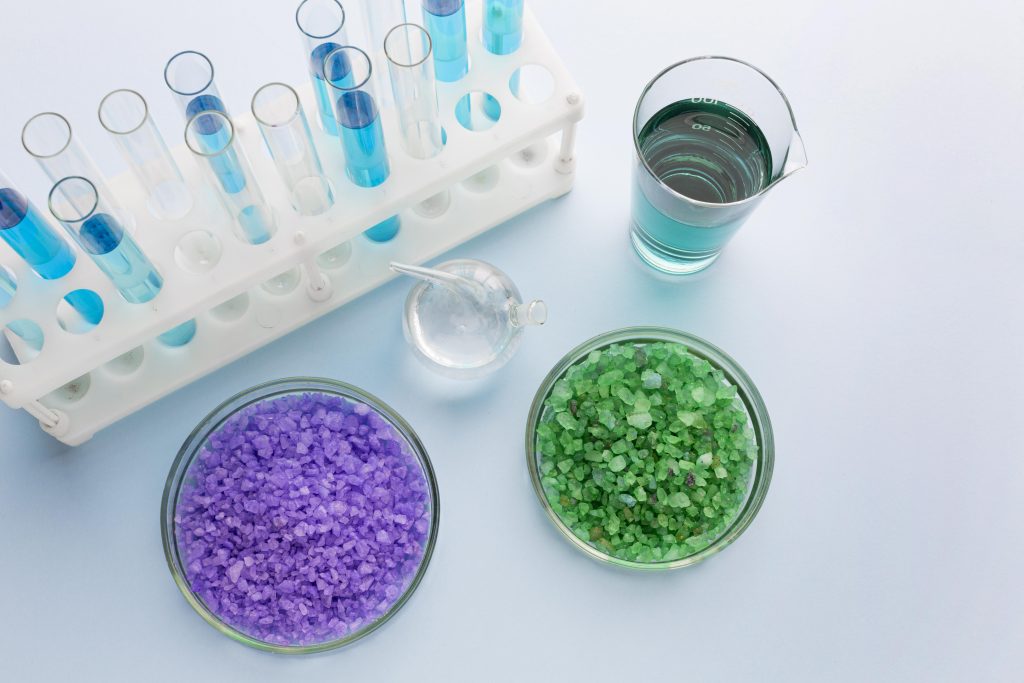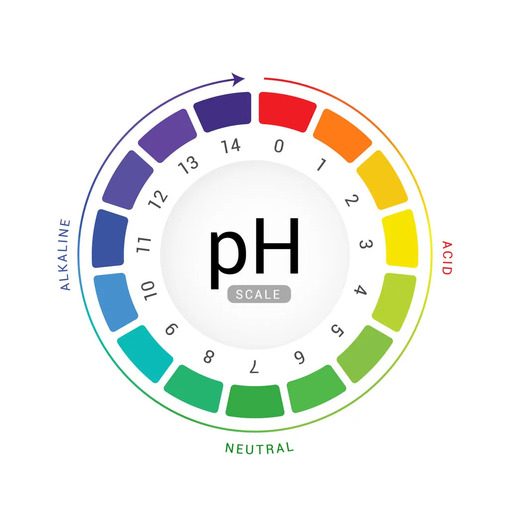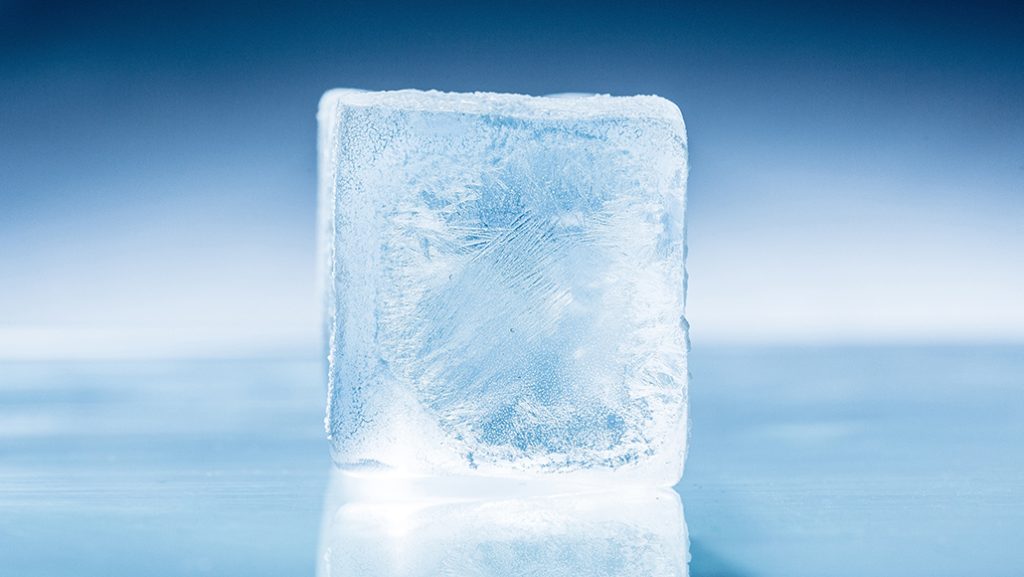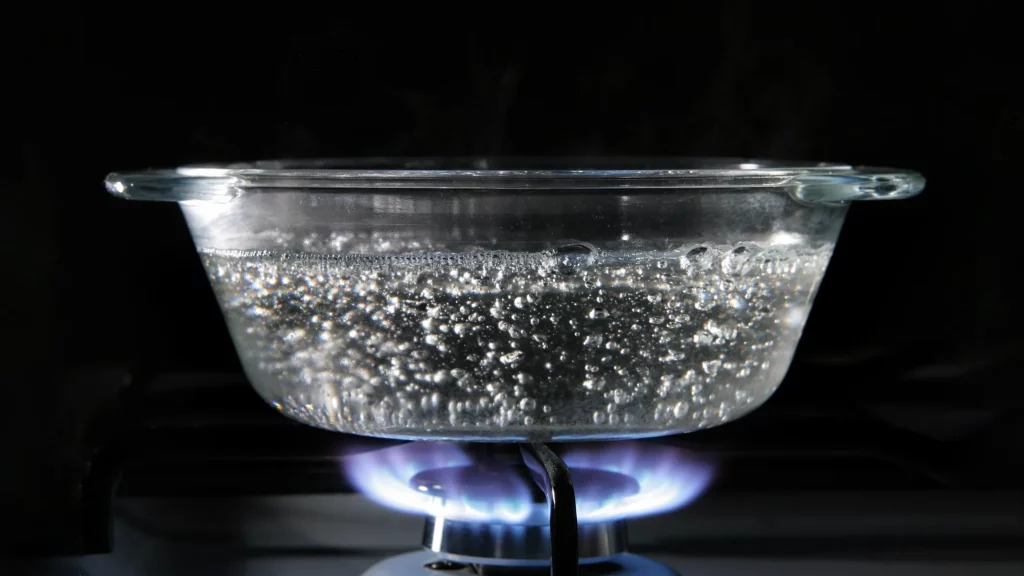Laboratory work #10: «Test for hydrogen gas»
Description: In this laboratory work, the reaction of diluted acids with metals is studied using the example of the interaction between hydrochloric acid and zinc. During the experiment, hydrogen is released, which can be identified using a qualitative test — a characteristic pop when a lit match is brought near. This study demonstrates the basic principles of chemical reactions between metals and acids, as well as the properties of hydrogen as a gas.
Laboratory work #10: «Test for hydrogen gas» Read More »

